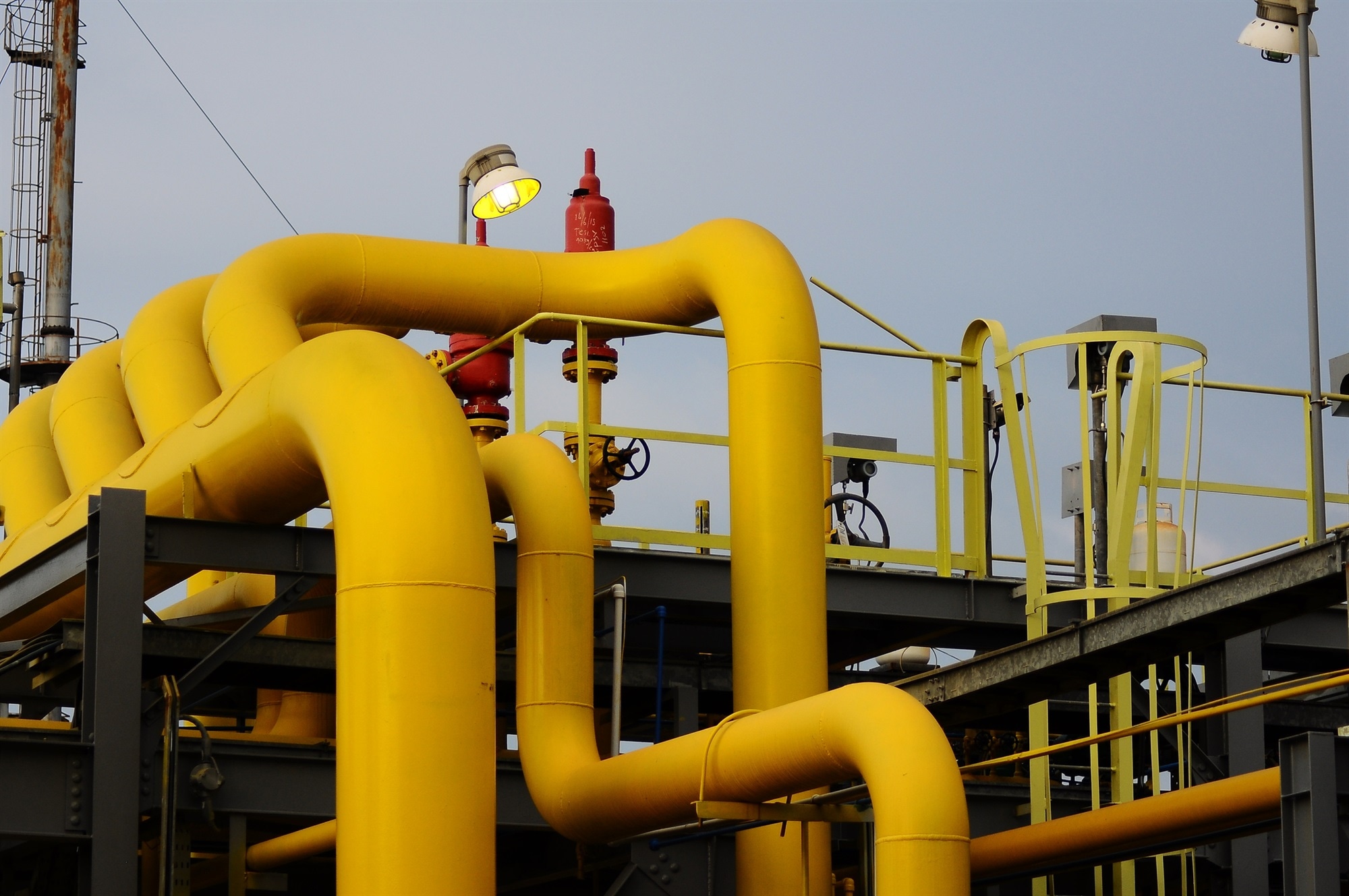A syntactic foam is a composite material that is produced by filling a metal, polymer, or ceramic with pre-formed inorganic spheres known as micro balloons. ‘Syntactic’ is a term that refers to the ordered positioning of the spheres, and the word ‘foam’ alludes to the closed cellular structure.

Image Credit: Jayhawk Fine Chemicals Corporation
Syntactic Foam Properties
Most of the advantageous features of the material are a result of the hollow spheres inside of the syntactic foam. They have a low coefficient of thermal expansion, a high specific strength, and a lower total density because of their gas- or air-filled content.
Syntactic foams are highly customizable. There is a range of choice for the matrix material, along with the micro balloon’s composition and size. The compressive strength of syntactic foams is directly proportional to the wall thickness and volume fraction of the micro balloon.
The matrix material additionally affects the tensile strength. Metals usually offer the highest tensile strength, followed by ceramics, and then polymers.
Syntactic foams additionally benefit from high energy dissipation, buoyancy, and thermal insulation.
Syntactic Foam Benefits
Syntactic foams normally have a porosity of more than 50% due to the hollow sphere fillers. This offers a significant reduction in weight compared to traditional materials.
Syntactic foams show high compressive strength, which can be optimized even more if necessary. The high compressive strength is beneficial for foams that are subjected to heavy loading or hydrostatic pressure.
These materials are also exceptional insulators as they display low thermal conductivity as a result of their porous structure. Syntactic foams provide a host of further economic and engineering advantages compared to conventional insulation.
Syntactic Foam Applications
Syntactic foams can be utilized in applications as alternatives to a number of standard materials, such as metals, PVC, plastics, and different foams. These alternatives fail to offer an equivalent degree of density, strength, and weight savings as syntactic foams.
One of the most widespread applications of syntactic foams is in the marine industry because of their low moisture absorption and buoyancy. These materials can additionally be employed for deepwater pipe insulation, spacecraft, boat hulls, underwater vehicles, and even soccer balls.
Epoxy resin-based
syntactic foams thermally cured with JAYHAWK dianhydrides offer high thermal stablity and hydrostatic crush resistance. Please contact Jayhawk Fine Chemicals Corporation to gain further information about the use of our products in syntactic foam formulations.

This information has been sourced, reviewed and adapted from materials provided by Jayhawk Fine Chemicals Corporation.
For more information on this source, please visit Jayhawk Fine Chemicals Corporation.